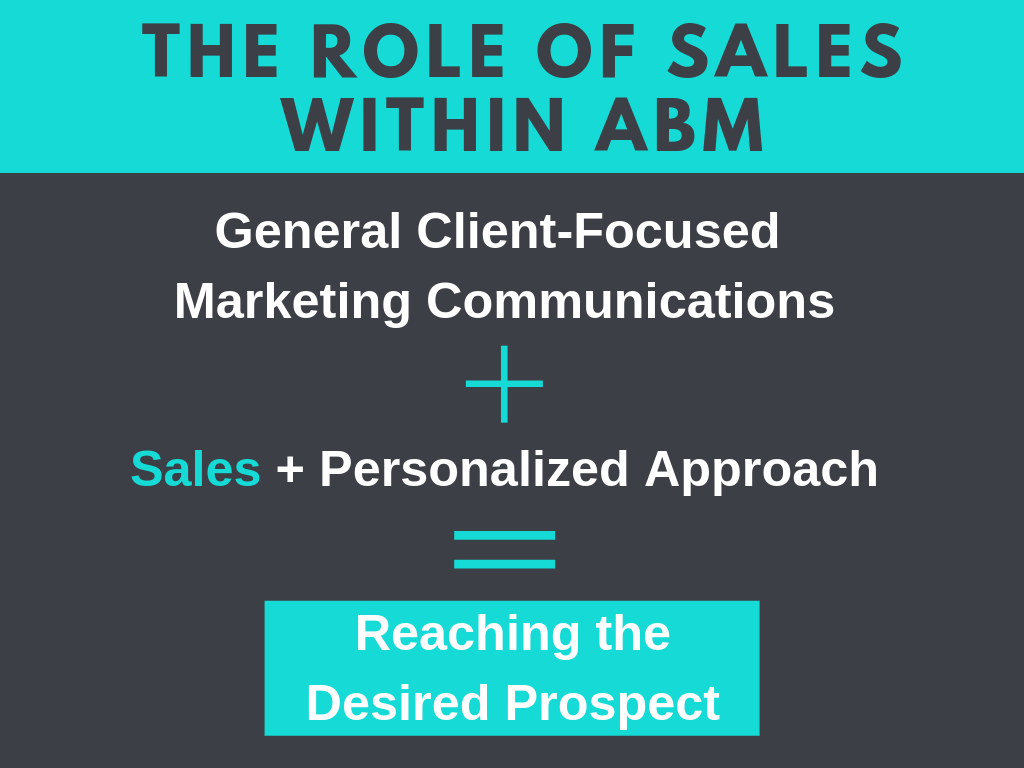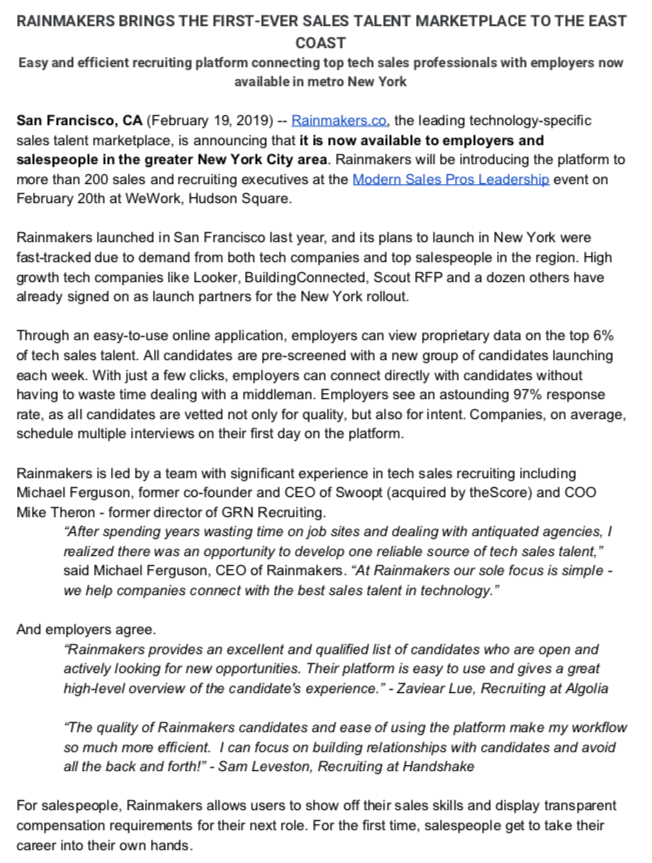A Lesson On Introductions
Lauren Bailey from Factor 8 lays out some of her most useful introduction tips when making cold calls as a sales rep. It’s easy to fall into a routine of mediocre and mundane intros that often lead nowhere. Her insight below will stop that and help new and experienced sales reps become more effective at cold call introductions.
6 Sales Intros to Avoid
1. “The show-up and throw-up”
They are saying hi and going into company backstories, awards, and numbers without giving them any time to talk or respond. The person answering the phone will get off the phone as soon as possible.
2. “The yeah, it’s my value prop”
Sometimes starting with the value prop is mistaken for an intro like the “show up and throw up,” and the person answering will try to get off the phone.
3. “The get out of jail free intro.”
In your pitch, you may say: “Are you the person in charge of [job title]?” But, again, be more compelling than starting by asking them if they are in charge of their prominent role.
4. “The good for you intro”
“I’m just calling to introduce myself” – Good for the caller, but not always suitable for the answerer.
5. “The setup intro”
Asking a question they can’t say no to… “would you be interested in saving money?” People can tell they are forced to answer a question to keep the conversation going.
6. “The toucher intro”
People don’t want to be checked in on or have their bases touched.
Good intros should be SWIFT
So What’s In it For Them = Swift.
The key is not to tell them who you are and what you do. The key is to get them talking about what they do and what they need help with.
When starting a call, use the name of the person you are calling during your intro to get their attention. Then, tell them who you are and who you work for in a quick, abbreviated way. Finally, quickly explain why you are calling and how your services will benefit them directly.
Once you have their partial attention, you can lead off with questions to get them talking. The bottom line is that people care most about saving time and making things easier for themselves.
Pick a feature or aspect of your product that will make the prospect’s life easier. Try to use the word “Value” when possible.
- “Hi, this is Lauren; I wanted to call to help save you time on ______.”
- “Hi, this is Lauren; I wanted to call to help you increase your profit margin.”
- “Hi, this is Lauren; I wanted to call to help make ____ easier.”
- “Hi, this is Lauren; I wanted to call to help make sure you’re the hero when it comes to ____.”
- “Hi, this is Lauren; I wanted to call to help ensure you’re protected from ____.”

Here’s an outline to jump into this method:
Don’t just ask if they can tell you more about their company. You should know everything about their company already by researching online. Go into the phone call with swift questions. These are meant to be closed questions (1-5 word answers), not open-ended questions.
- Their name
- Your name & company (quick version)
- Swift purpose (what’s in it for them)
- 1-3 swift closed questions
When they ask, “who are you with again?” go into your value proposition and ask open-ended questions.
Tips For Sales Managers
- Don’t let reps call to “touch base”
- Count and track decision-maker conversions over 2 minutes long
- Add intro training to coaching forms
- Reward reps with longer average talk times
- Hold team contests for who can get on “first base” the most with cold calls
- Do A/B testing with reps to refine the best introduction methods.
Are you ready to take your sales career to the next level? Join Rainmakers now!


























